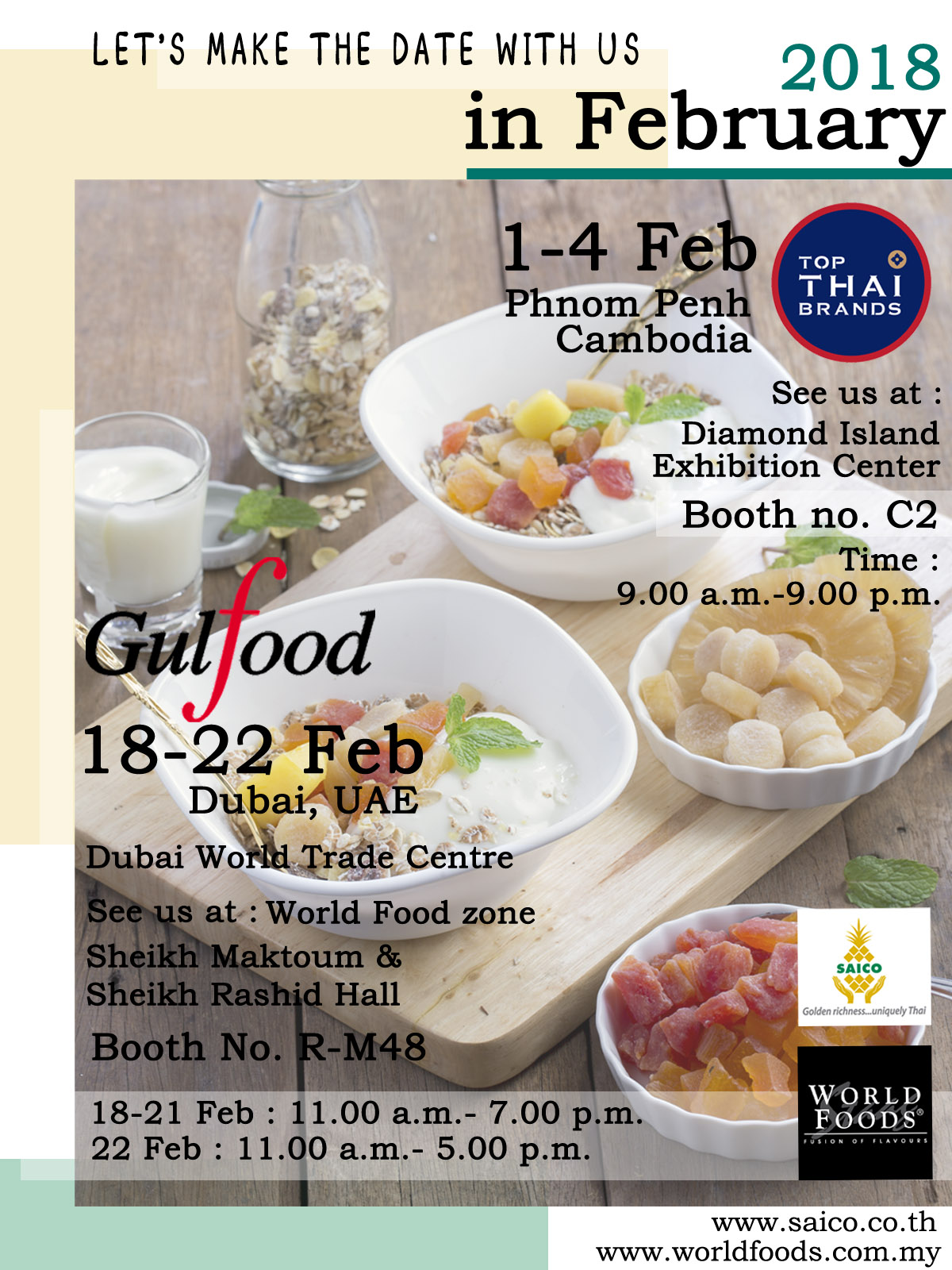Did You Know About The heat is on
|
For many, meals are incomplete without chillies and fortunately for these folks they are among the easiest types of plants to grow A friend has just come back from Bangladesh with some bhut jolokia, which is said to be one of the hottest chillies in the world. The heat of a chilli is measured in Scoville Heat Units (SHU), and this chilli is supposed to be between 855,000 and 1,463,700 SHU, which makes the Thai prik kee nu, the hottest of Thai chillies, mild by comparison at between 50,000 to 100,000 SHU.
Not so long ago, another friend of mine who lives in San Francisco related that he had to sign a form releasing a restaurant of any responsibility before he could order their ground beef with chilli. The chilli in question was bhut jolokia. ''It was so hot it made me perspire while eating it,'' he said, ''but I did not have to reach for water.'' But, of course, my friend is used to eating chillies, the hotter the better. As for me, the only chilli I could eat without burning my tongue is sweet pepper, also known as bell pepper, which scores a pathetic zero on the Scoville heat scale. That is why I very seldom eat som tam; although I tell the vendor not to make it hot, what I get is often scorching. This is because people's perception of a chilli pepper's pungency is subjective; what is hot for me may be too mild for the vendor. Asking her to put just one chilli does not make the dish any less pungent, as that one chilli could be the equivalent of three prik kee nu in length. Bhut jolokia, a hybrid with Capsicum chinense and Capsicum frustescens parentage, is causing excitement among Thai chilli connoisseurs. But actually it has been around in Thailand for some time. I remember my friend, Bob Halliday, also an ardent plant enthusiast, telling me about it two years ago. Someone had brought it to him from Assam in northeastern India. He told me at the time that he was trying to germinate the seeds, but I have not heard how that went. Years earlier, Bob was telling me about a habanero chilli that a friend sent him by post from Mexico; it was supposed to be the hottest pepper ever grown. Now it appears its pungency is not even half that of bhut jolokia, which is grown in the Indian states of Assam, Nagaland and Manipur and parts of neighbouring Bangladesh. However, new cultivars have already been developed with even higher Scoville ratings, which is why the bhut jolokia lost its ''world's hottest'' status a while ago. It is only a matter of time before these new cultivars appear in Thailand. Thais eat lots of chillies. Many Thai dishes have chilli as an ingredient, and the dining table in most Thai households is never without fish sauce with chilli, in much the same way as Western tables have salt and pepper, but all the chillies found in Thailand have foreign origins. A journal on King Chulalongkorn's visit to Paris in 1907 mentioned that in a letter to his daughter, HRH Princess Nipha Noppadol, the king related that his half-brother, Prince Sanbhasatra Subhakich, who shared his love of plants, had purchased seeds of 10 kinds of chilli peppers. Native to Central and South America, the chilli was brought to Spain by Italian explorer Christopher Columbus, who sailed to the New World under the Spanish flag. From Spain, it made its way to the rest of Europe and the world. I can only guess that the seeds bought by Prince Sanbhasatra Subhakich in Paris were the forebears of some of the chillies cultivated in Thailand today. There are many varieties of chilli found in Thailand. At Klong Toey market, I counted no fewer than 10, ranging from the large, sweet bell pepper and several variations of the moderately-hot, finger-length prik chee fah, to the tiny but fiery-prik kee nu and others of various shapes, shades and sizes. |
|||||
|
|||||
|
Chillies are among the easiest of plants to grow. Seeds may be purchased from a gardening supply store or obtained from a ripe fruit. If you are using the latter, put the seeds under the sun to dry before sowing them in a communal container. Seedlings are ready to be transplanted into individual pots when they are two to three weeks old from the time they have germinated. Transplant the seedlings in the late afternoon when the day is cooler, to keep them from wilting. The seedlings must be planted to a depth that will cover their rootball sufficiently. After planting, water gently to settle the soil. Put newly transplanted seedlings where there is filtered sunlight for a day or two so that their leaves do not get burned. When the seedlings look green with firm trunk and leaves, gradually expose them to more sunlight until they can take full sun. Chillies need five to six hours of full sun in order to bear fruit. |
|||||
|
References |
|||||
|
http://www.bangkokpost.com/feature/environment/295236/the-heat-is-on |
|||||





We stay Connected
RSS Twitter Facebook Vimeo Skype